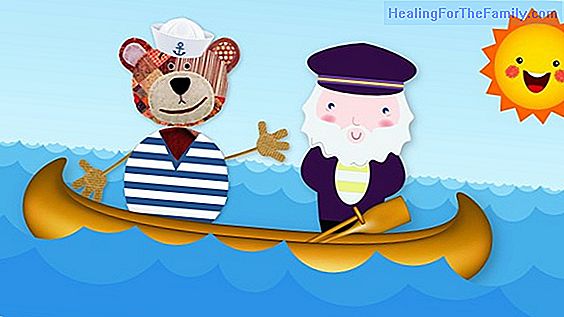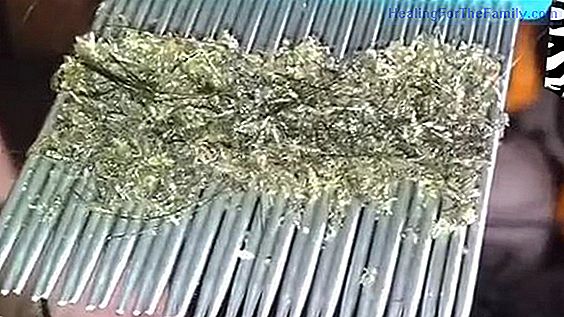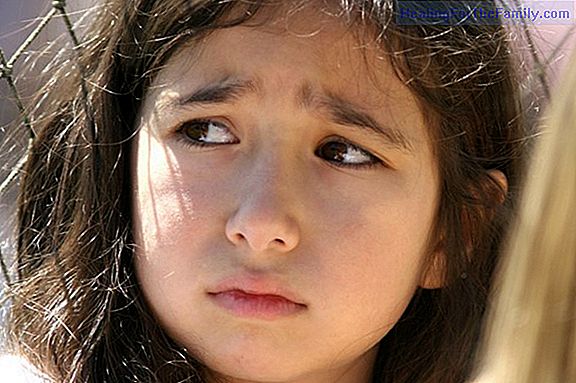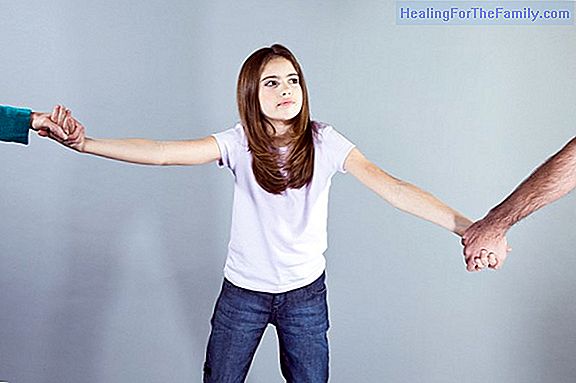Why children should not be overprotected
Sometimes we protect children so much that it makes them laugh . For us the world is a focus of risks and we try to avoid at all costs that our son suffers. So we put on helmets, knee pads, and even covered them with bubble wrap. Inside and outside. We do not see it But there they are. We do not let
Sometimes we protect children so much that it makes them laugh. For us the world is a focus of risks and we try to avoid at all costs that our son suffers. So we put on helmets, knee pads, and even covered them with bubble wrap. Inside and outside. We do not see it But there they are. We do not let them out without our close surveillance. We do not let them climb the slide. We remove them at all costs from children who insult. We cover your ears. We cover their eyes. But then ... how are they going to live?
The video that shows how an overprotected child feels
A child receives a gift. He opens it excited. But the gift is a protective suit, made from air chambers. The child does not hit. But he can not play. Not even running. In the end it is relegated and alone. It's a fantastic metaphor of what happens with overprotected children. The video is fromSt John Ambulance, a company that offers first aid courses for parents, convinced thatthe best way to educate their children is to let them be children. For that, it is essential to be prepared, physically and mentally, to be able to assist them in their physical and emotional falls.
Of course, so dangerous is the polar opposite, that of parents who never watch children and are completely unconcerned about them.The just means is virtue and that is none other than common sense.
The dangers of overprotecting children
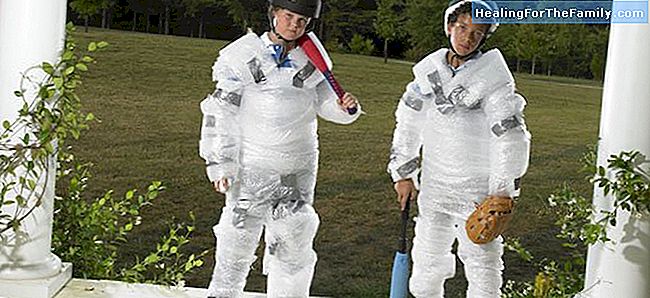
I once saw a mother carrying her one-year-old son with an elastic harness. Missed me. It was a somewhat comical image. He looked like a puppy tied with a leash. His mother told me that it was only to prevent him from falling, because he was learning to walk. But I thought ... what if he does not fall, how will he learn to walk? Of course, I come from another era.
In my century, not so long ago, children learned based on falls, scars and bumps. We knew each other very well the way to the first-aid kit of the house. A little oxygenated water and mercuro and ready. Not a tear. The wounds were part of the game.
We children loved to explore the unknown, and feel the wings free to discover mysteries. Because at a certain age, the world is a box of secrets. We uncovered them by opening our eyes very well and daring everything. We climbed a tree with fear, but climbed. We would pull on steep slopes with the skateboard. We reached challenges. We were overcoming problems. And all that generated a tangle of courage, hope, creativity, autonomy.
Now we padded all the corners of the house. We forbid them to play with sand in case they get stained. We give them all the whims to avoid frustration. We are more permissive. It is much harder for us to set limits, to say that No. We give them what they want but we do not let them fly free, because they can hurt themselves. It is as if we had at home a little bird locked in a cage. And what happens when one day you decide that it is time for the bird to leave its cage? That he does not want to leave her anymore, because that's all he knows. Because he is afraid of flying. Because he never flew.





